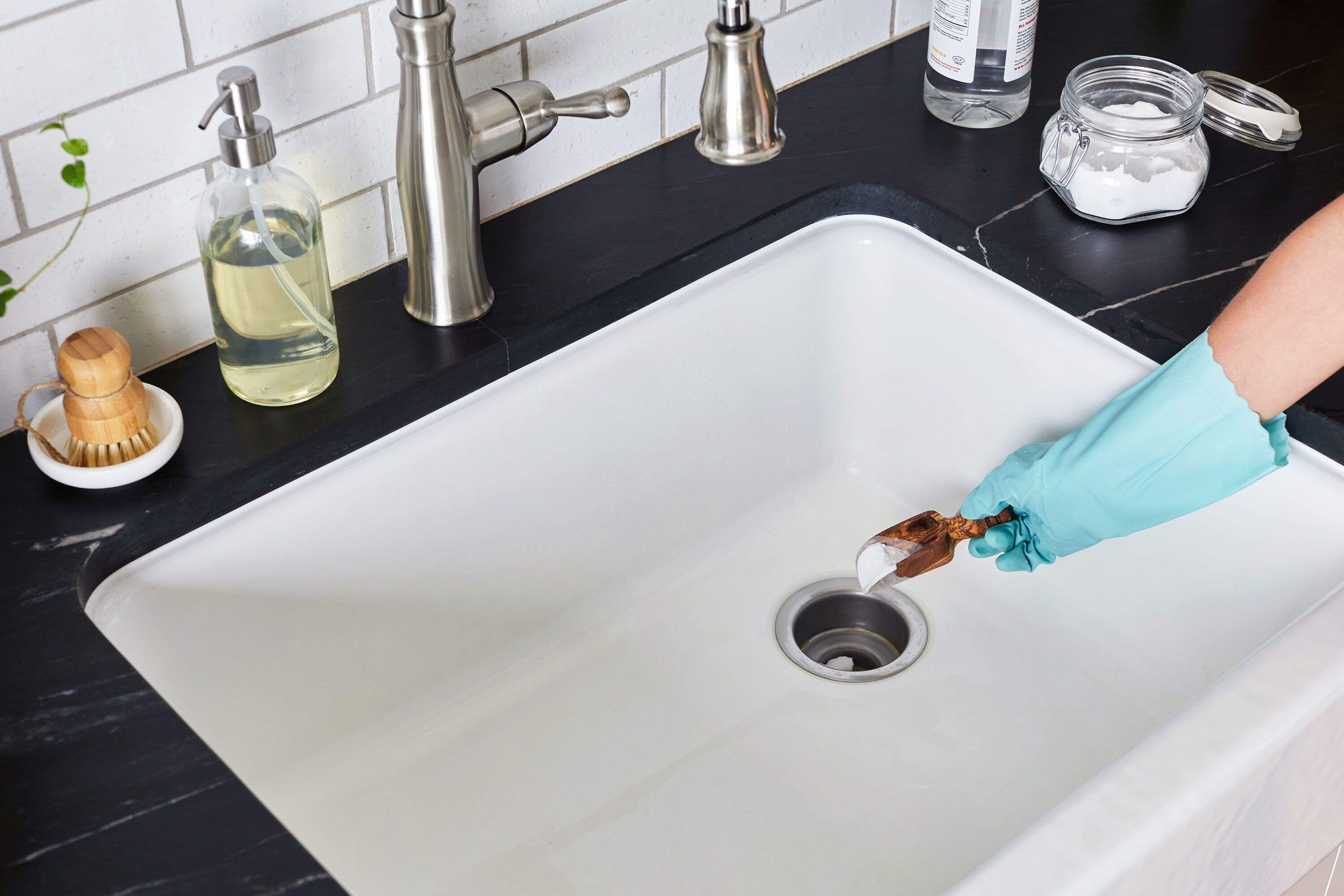

Articles
How To Clean Kitchen Sink Drain
Modified: January 19, 2024
Learn effective methods and tips for cleaning your kitchen sink drain in this informative article. Keep your drain clog-free and your sink smelling fresh.
(Many of the links in this article redirect to a specific reviewed product. Your purchase of these products through affiliate links helps to generate commission for Storables.com, at no extra cost. Learn more)
Introduction
The kitchen sink drain is one of the most frequently used plumbing fixtures in any home. Over time, it can become clogged with food particles, grease, soap residue, and other debris. A clogged drain not only hampers the functionality of your sink, but it can also lead to unpleasant odors and even potential plumbing issues if left unattended. However, with a few simple steps, you can easily clean your kitchen sink drain and keep it running smoothly.
In this article, we will guide you through a step-by-step process to clean your kitchen sink drain effectively. From removing visible debris to using natural drain cleaners, we’ll cover various methods that you can employ to unclog your drain and prevent future blockages. So, let’s get started and restore the functionality of your kitchen sink drain.
Key Takeaways:
- Keep your kitchen sink drain running smoothly by removing visible debris, pouring boiling water, using a plunger or drain snake, and creating a natural cleaner with vinegar and baking soda. Regular maintenance and preventive measures can also prevent future clogs.
- Implement regular maintenance to prevent future clogs, such as disposing of food scraps properly, avoiding pouring fats and grease down the drain, and using enzyme cleaners. By following these tips, you can maintain a healthy and functional drain system.
Read more: How To Clean A Drain And A Kitchen Sink
Step 1: Remove any visible debris
The first step in cleaning your kitchen sink drain is to remove any visible debris that may be blocking the drain. This can include food scraps, hair, or any other foreign objects that have made their way into the drain.
To begin, put on a pair of gloves to protect your hands. Then, using a flashlight, carefully inspect the drain for any visible debris. If you can see any large pieces of food or other items, use a pair of tweezers or tongs to remove them from the drain. Be careful not to push the debris further into the drain, as this can worsen the blockage.
If you are unable to reach and remove the debris using tweezers or tongs, you can try using a wire coat hanger. Straighten the hanger and create a small hook at one end. Insert the hook into the drain and gently twist and maneuver it to capture any debris. Once you have successfully retrieved the debris, dispose of it in a trash bin.
It’s important to note that while removing visible debris can improve the flow of water in your sink, it may not completely resolve a stubborn clog. For more extensive blockages, you may need to proceed to the next steps to effectively clean your kitchen sink drain.
Step 2: Pour boiling water down the drain
After removing any visible debris from the drain, the next step is to pour boiling water down the drain. Boiling water can help break down grease and other substances that may be causing the clog.
To begin, boil a pot of water on your stovetop or heat water in a kettle until it reaches a rolling boil. Carefully carry the pot or kettle to your sink and pour the boiling water directly down the drain. Be cautious and avoid any splashes or spills, as boiling water can cause burns.
Allow the boiling water to sit in the drain for a few minutes. The heat from the water will help dissolve any grease or other substances that may be blocking the drain. After a few minutes, turn on the hot water tap and let it run for a few minutes to flush out any remaining debris.
It’s important to note that pouring boiling water down the drain may not be effective for all types of clogs. If you suspect a more stubborn blockage, you may need to try other methods or proceed to the next step to unclog your kitchen sink drain.
Remember, hot water can damage certain types of pipes, so avoid using this method if you have plastic or PVC pipes. If you’re uncertain about the material of your pipes, it’s best to consult a professional plumber for guidance.
Step 3: Use a plunger to unclog the drain
If pouring boiling water down the drain didn’t completely clear the clog, you can try using a plunger to dislodge the blockage. A plunger creates suction that can help push the clog through the pipes and restore proper drainage.
First, ensure that there is enough water in the sink to cover the plunger cup. If there isn’t enough water, add some to create a seal. Place the plunger over the drain, ensuring that it completely covers the opening. Press the plunger firmly against the drain and quickly push and pull it up and down to create suction.
Continue plunging for about 10-15 seconds, then quickly pull the plunger up to break the suction. If the water begins to recede or drains out, it means the clog has been successfully dislodged. Run hot water down the drain to flush out any remaining debris.
If plunging doesn’t resolve the clog, you may need to repeat the process or try alternative methods. It’s important to use a plunger specifically designed for sinks, as a toilet plunger may not create an effective seal.
If you’re still unable to clear the clog using a plunger, it’s advisable to move on to the next step to unclog your kitchen sink drain.
Step 4: Create a natural drain cleaner using vinegar and baking soda
If the previous steps haven’t completely resolved the clog, you can try creating a natural drain cleaner using vinegar and baking soda. This combination can help break down stubborn debris and remove odors from your kitchen sink drain.
To start, remove any standing water from the sink using a small cup or bucket. Then, pour about half a cup of baking soda directly into the drain. Follow this by pouring a cup of vinegar into the drain. The combination of baking soda and vinegar will create a chemical reaction, causing fizzing and foaming.
Allow the mixture to sit in the drain for about 15-20 minutes. The reaction between the vinegar and baking soda will help break up the clog and loosen any debris. After the allotted time, flush the drain with hot water to wash away the loosened debris.
You can repeat this process if necessary, but be cautious not to use excessive amounts of vinegar and baking soda, as this can cause overflow or damage to your pipes. It’s also important to note that this method may not be suitable for all types of clogs, particularly those caused by solid objects or tree roots.
If the clog persists, you may need to proceed to the next step or consider seeking professional help to unclog your kitchen sink drain.
To clean a kitchen sink drain, pour a mixture of hot water and vinegar down the drain, followed by baking soda. Let it sit for 10 minutes, then flush with hot water. Repeat monthly to prevent clogs.
Read more: How To Change A Sink Drain
Step 5: Use a drain snake to remove stubborn clogs
If the previous methods haven’t fully cleared the clog, using a drain snake can be an effective solution, especially for stubborn blockages. A drain snake, also known as a plumber’s snake or auger, is a long, flexible tool designed to reach deep into the drain and remove obstructions.
Start by extending the drain snake and inserting it into the drain. Gently push the snake into the drain while turning the handle clockwise. Keep feeding the snake into the drain until you feel resistance or encounter the clog. Once you’ve reached the clog, rotate the snake to break it up or grab onto it. Slowly pull the snake out of the drain, taking care to remove any debris or material that comes with it.
Repeat the process a few times if necessary to ensure you’ve fully cleared the clog. Afterward, run hot water down the drain to flush out any remaining residue. If you don’t have a drain snake, you can purchase one from a local hardware store or consider renting one.
It’s important to be cautious when using a drain snake as excessive force or incorrect usage can damage your pipes. If you’re not confident in using a drain snake or the clog persists, it’s best to contact a professional plumber for assistance.
With the drain snake method, you can effectively tackle even the most stubborn clogs and restore optimal drainage to your kitchen sink.
Step 6: Clean your drain with a mixture of salt and hot water
In addition to unclogging your kitchen sink drain, it’s important to also clean it to prevent future buildup and odors. One effective method for cleaning your drain is by using a mixture of salt and hot water.
To start, remove any standing water from the sink using a cup or bucket. Then, pour about half a cup of salt directly into the drain. Follow this by slowly pouring a kettle or pot of hot water down the drain.
The salt acts as a mild abrasive, helping to scrub away any residue or buildup on the walls of the pipe. The hot water helps dissolve and flush out the loosened debris. Allow the mixture to sit in the drain for a few minutes, then run hot water down the drain to thoroughly rinse it.
Repeat this process once every few weeks to keep your drain clean and prevent future clogs. Additionally, you can also add a few drops of lemon juice or vinegar to the mixture for added cleaning and deodorizing properties.
It’s important to note that this method is best suited for regular maintenance and minor buildup. For more severe clogs or persistent issues, it’s advisable to seek professional assistance to ensure the safe and effective cleaning of your kitchen sink drain.
By regularly cleaning your drain with salt and hot water, you can help maintain optimal drainage and reduce the chances of future clogs and unpleasant odors.
Step 7: Prevent future clogs by implementing regular maintenance
After cleaning and unclogging your kitchen sink drain, it’s important to take preventive measures to avoid future blockages. By implementing regular maintenance, you can keep your drain in optimal condition and reduce the chances of clogs.
Here are some tips for preventing future clogs:
- Dispose of food scraps properly: Avoid pouring large quantities of food scraps down your kitchen sink. Instead, scrape them into the trash or compost bin. Use a sink strainer to catch small food particles and prevent them from going down the drain.
- Avoid pouring fats and grease down the drain: Grease and fats can solidify inside the pipes, leading to clogs. Dispose of grease by letting it solidify in a container, then throw it in the trash. Alternatively, use a grease trap to collect grease before it enters the drain.
- Flush your drain regularly: Once a week, pour hot water down the drain to help flush away any buildup and keep the pipes clear.
- Consider using enzyme cleaners: Enzyme-based drain cleaners can help break down organic matter and prevent clogs. Use them regularly as directed to maintain a clean and clear drain.
- Be mindful of what you put in the sink: Avoid pouring coffee grounds, eggshells, fibrous vegetables, and other problematic substances down the drain. Dispose of them in the compost or trash instead.
- Regularly clean and maintain your garbage disposal: If you have a garbage disposal, clean it regularly by running cold water while grinding ice cubes or citrus peels to remove buildup and minimize odors.
By following these preventive measures and implementing regular maintenance, you can keep your kitchen sink drain flowing smoothly and minimize the chances of future clogs. Remember, prevention is key when it comes to maintaining a healthy and functional drain system.
Conclusion
Cleaning and maintaining your kitchen sink drain is an essential task to ensure proper functionality and prevent clogs. By following the steps outlined in this article, you can effectively unclog your drain and keep it running smoothly. Remember to remove any visible debris, pour boiling water down the drain, use a plunger or drain snake for stubborn clogs, and create a natural drain cleaner with vinegar and baking soda when necessary. Additionally, regular maintenance and preventive measures such as disposing of food scraps properly, avoiding pouring fats and grease down the drain, and flushing your drain regularly can help prevent future clogs.
It’s important to note that while these methods can be effective in most cases, persistent or severe clogs may require professional assistance. If you’re unsure or unable to resolve the issue on your own, don’t hesitate to contact a plumber for expert help.
By taking proactive steps to clean and maintain your kitchen sink drain, you can ensure a hygienic and efficient plumbing system in your home. Enjoy a smooth and hassle-free kitchen sink experience!
Frequently Asked Questions about How To Clean Kitchen Sink Drain
Was this page helpful?
At Storables.com, we guarantee accurate and reliable information. Our content, validated by Expert Board Contributors, is crafted following stringent Editorial Policies. We're committed to providing you with well-researched, expert-backed insights for all your informational needs.
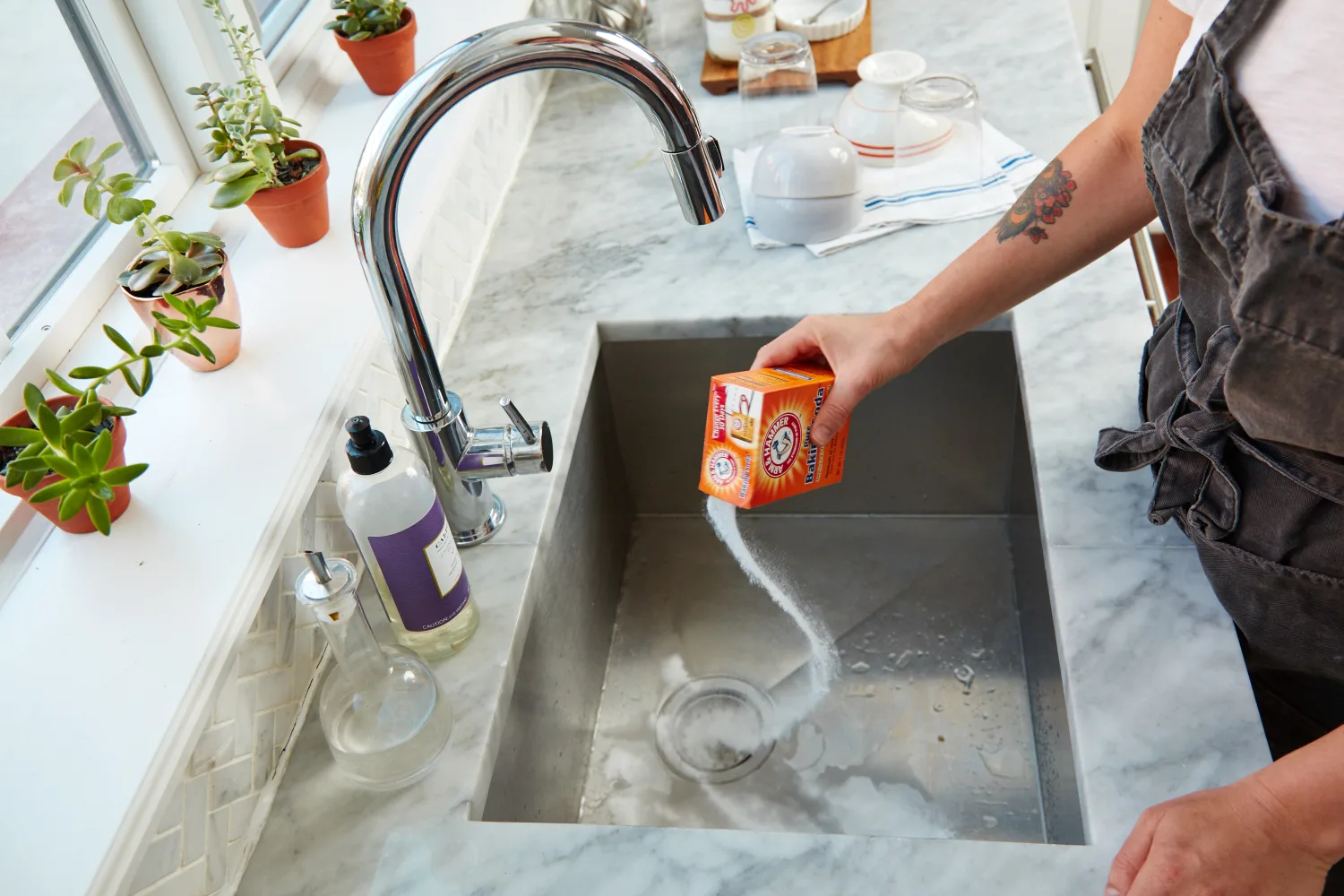
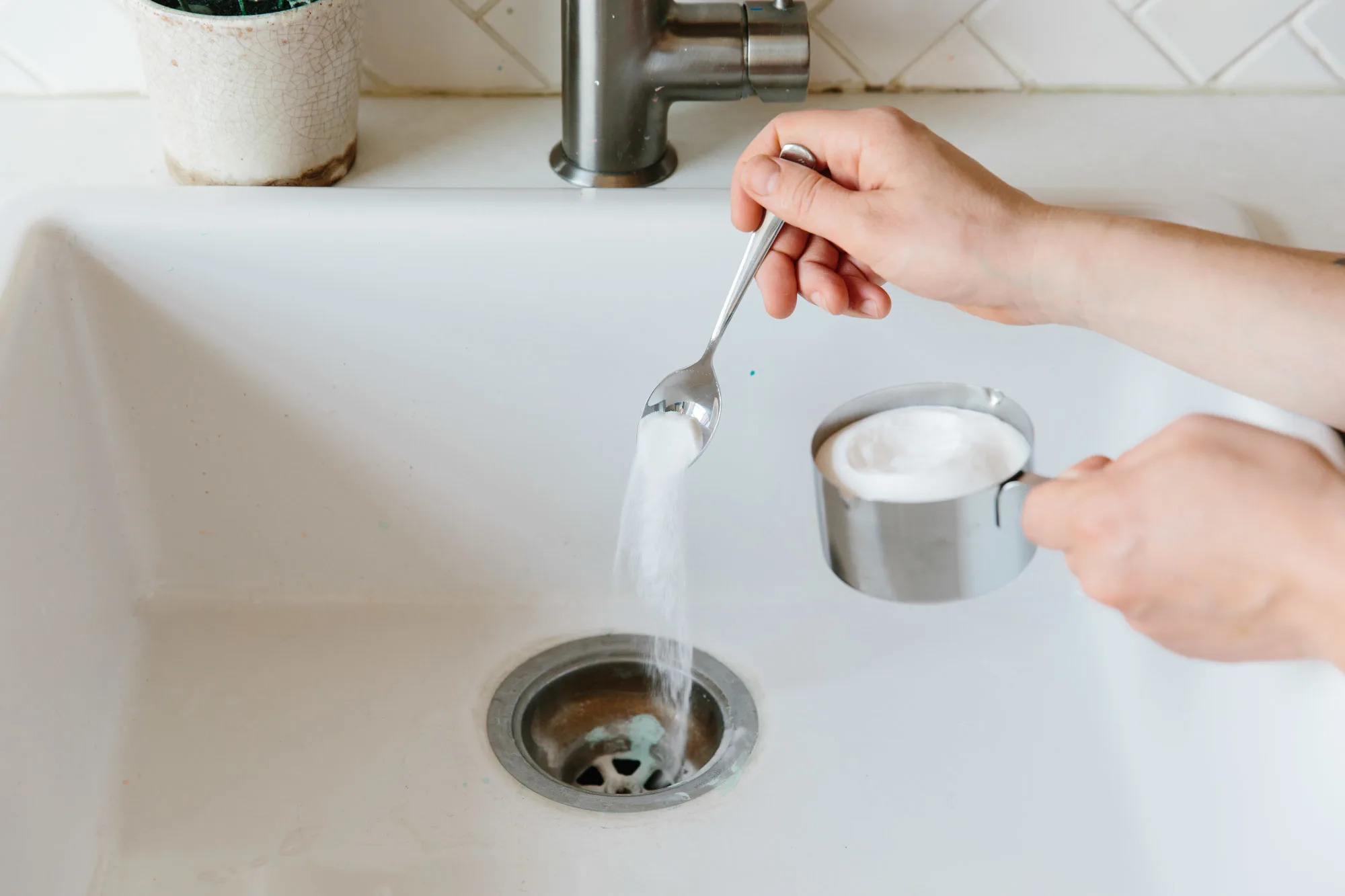
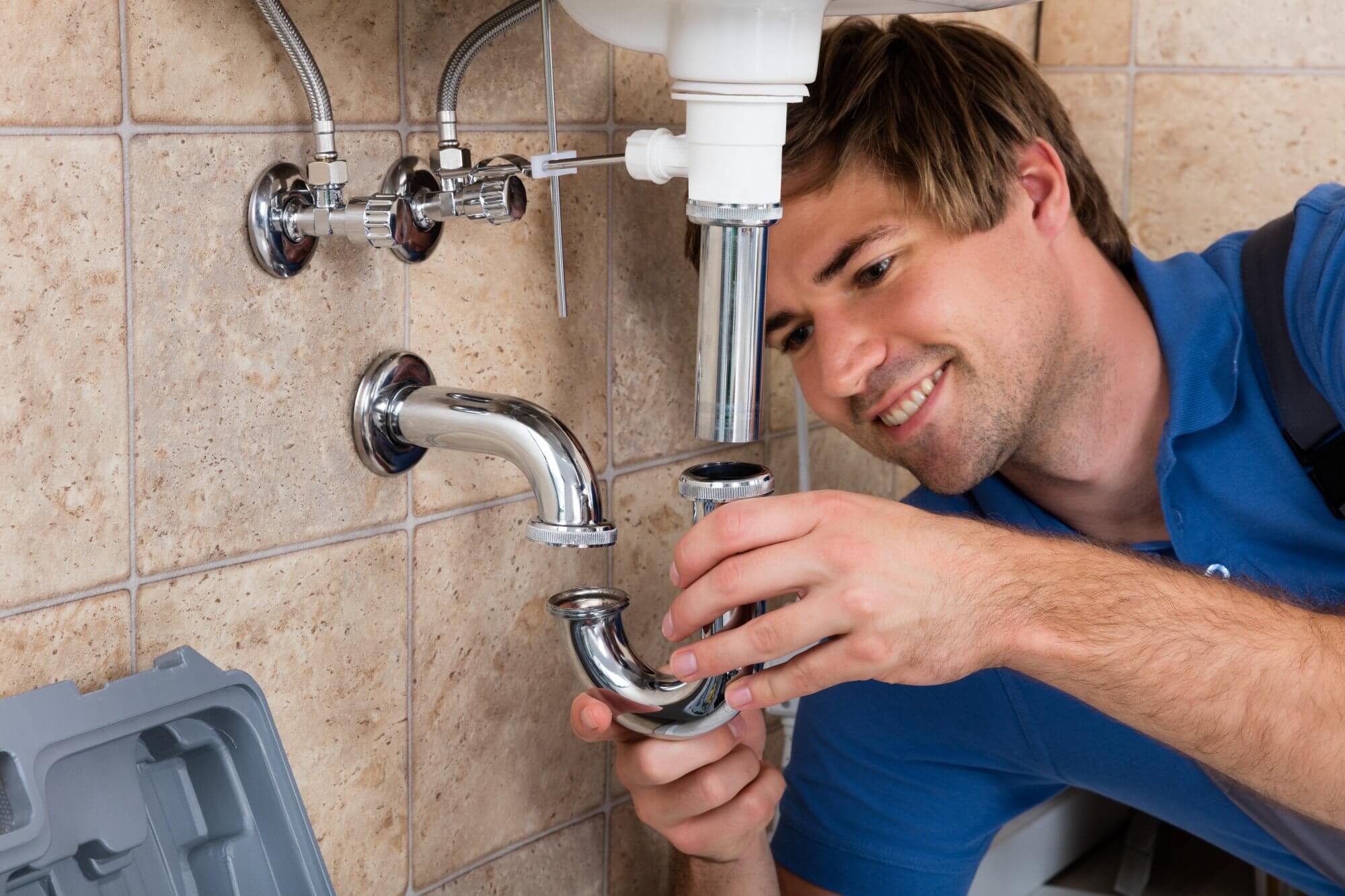
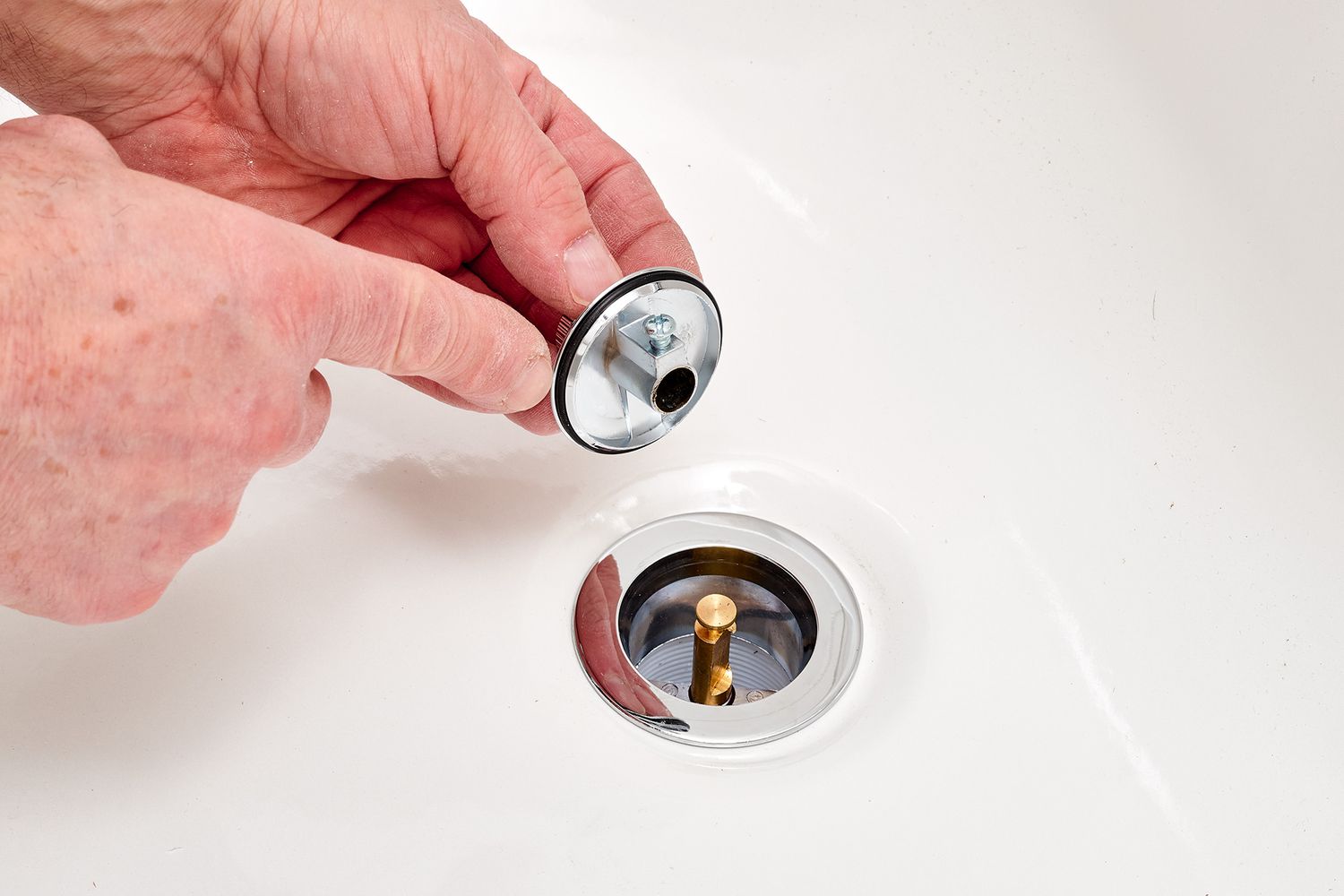
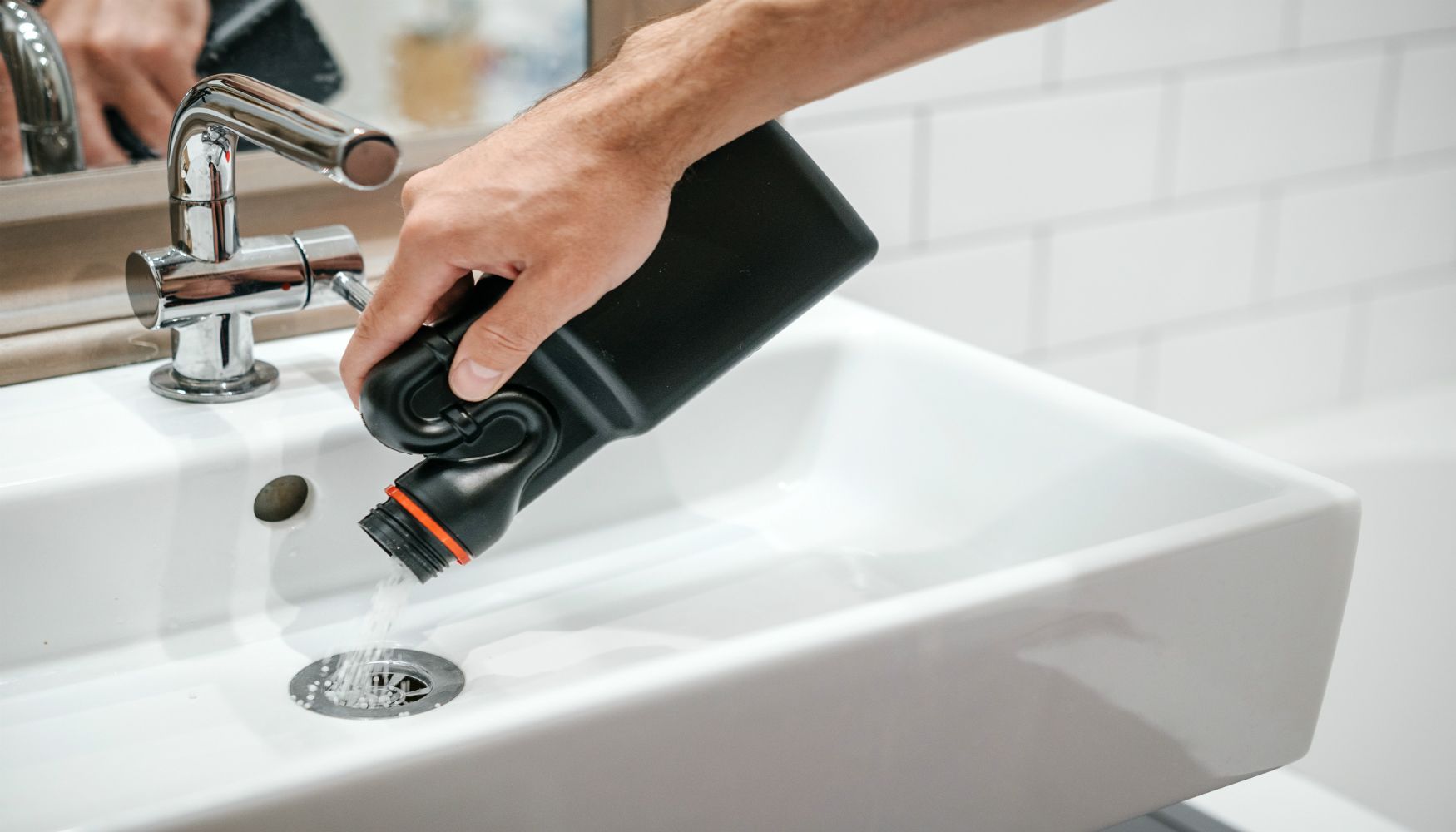
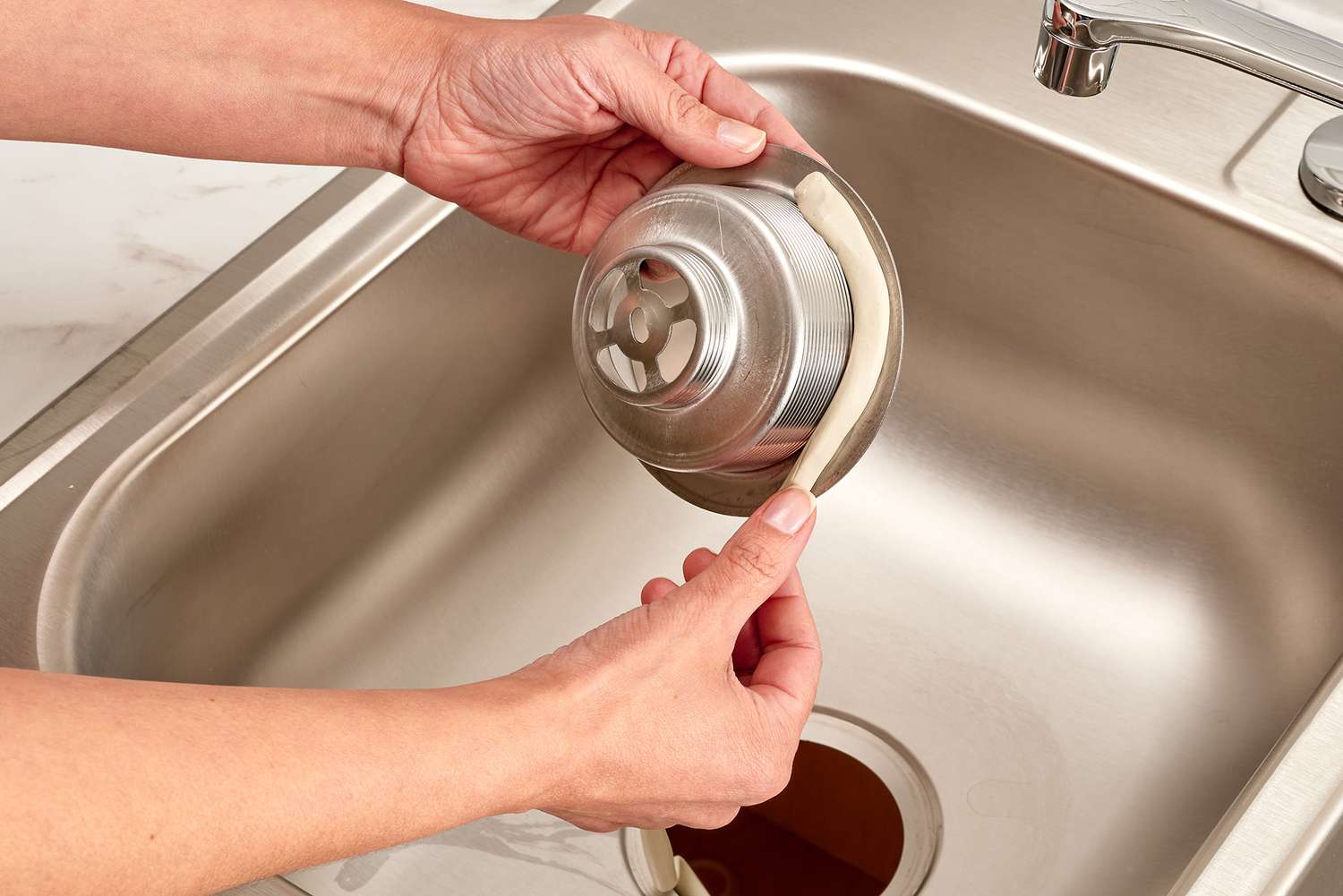
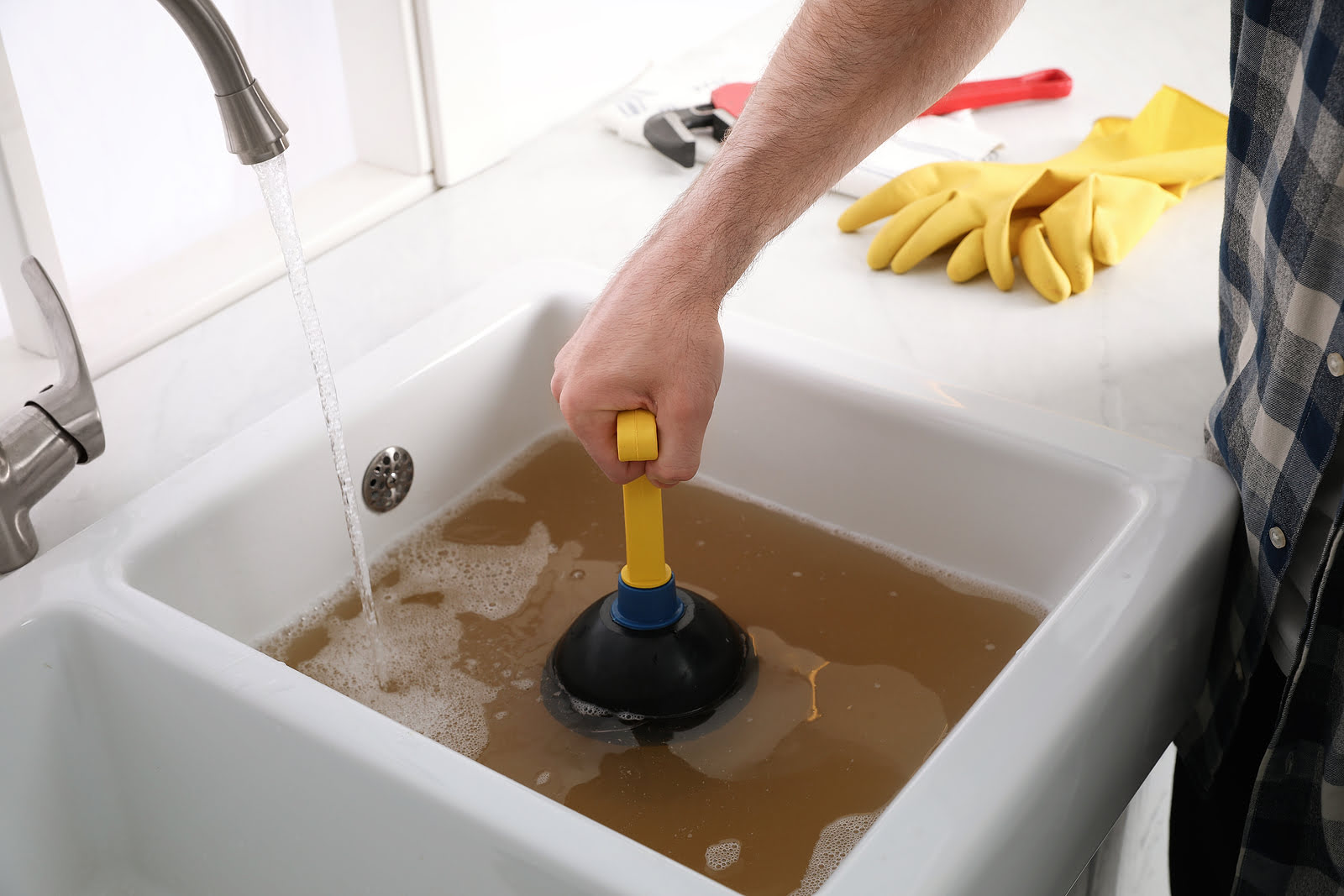
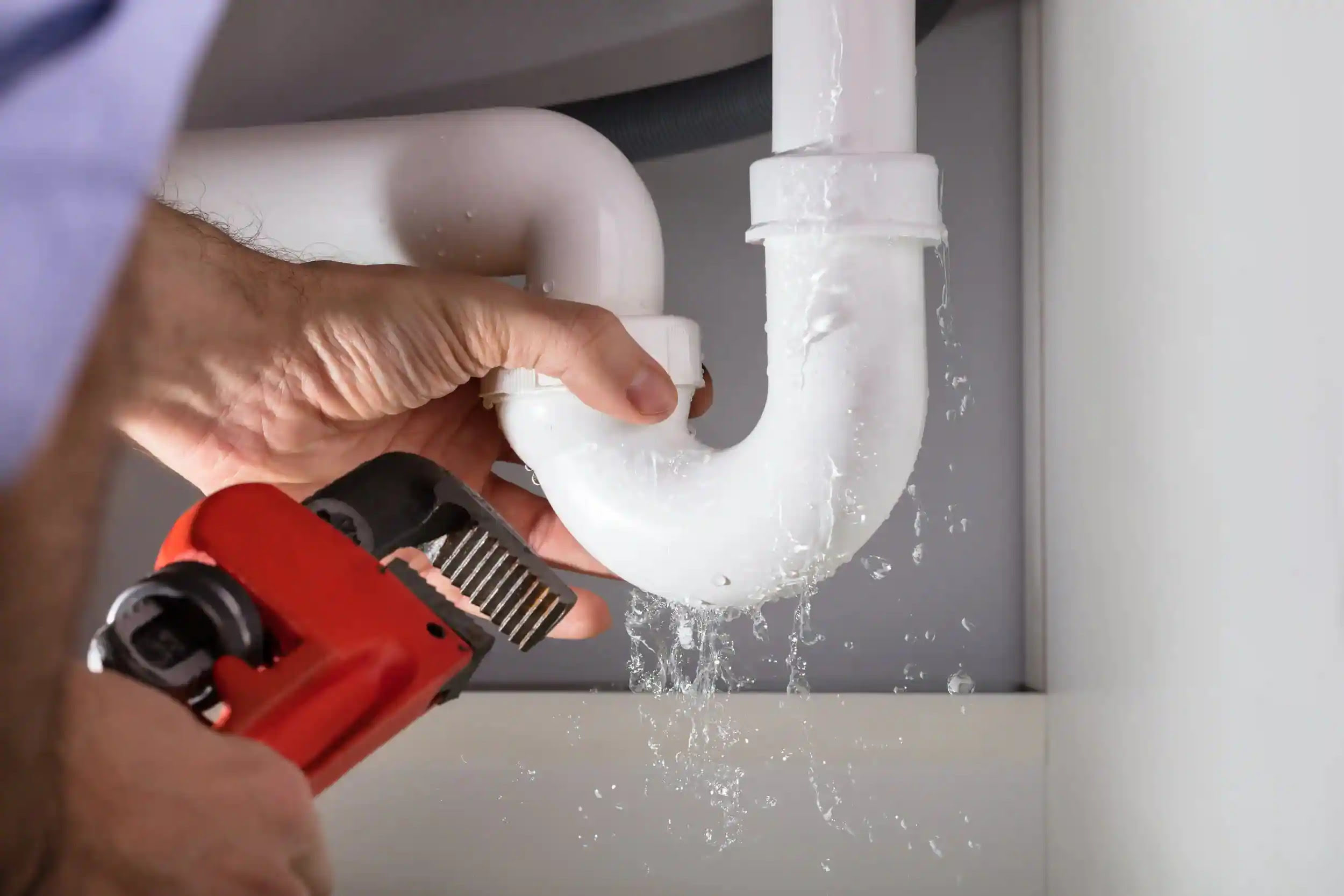
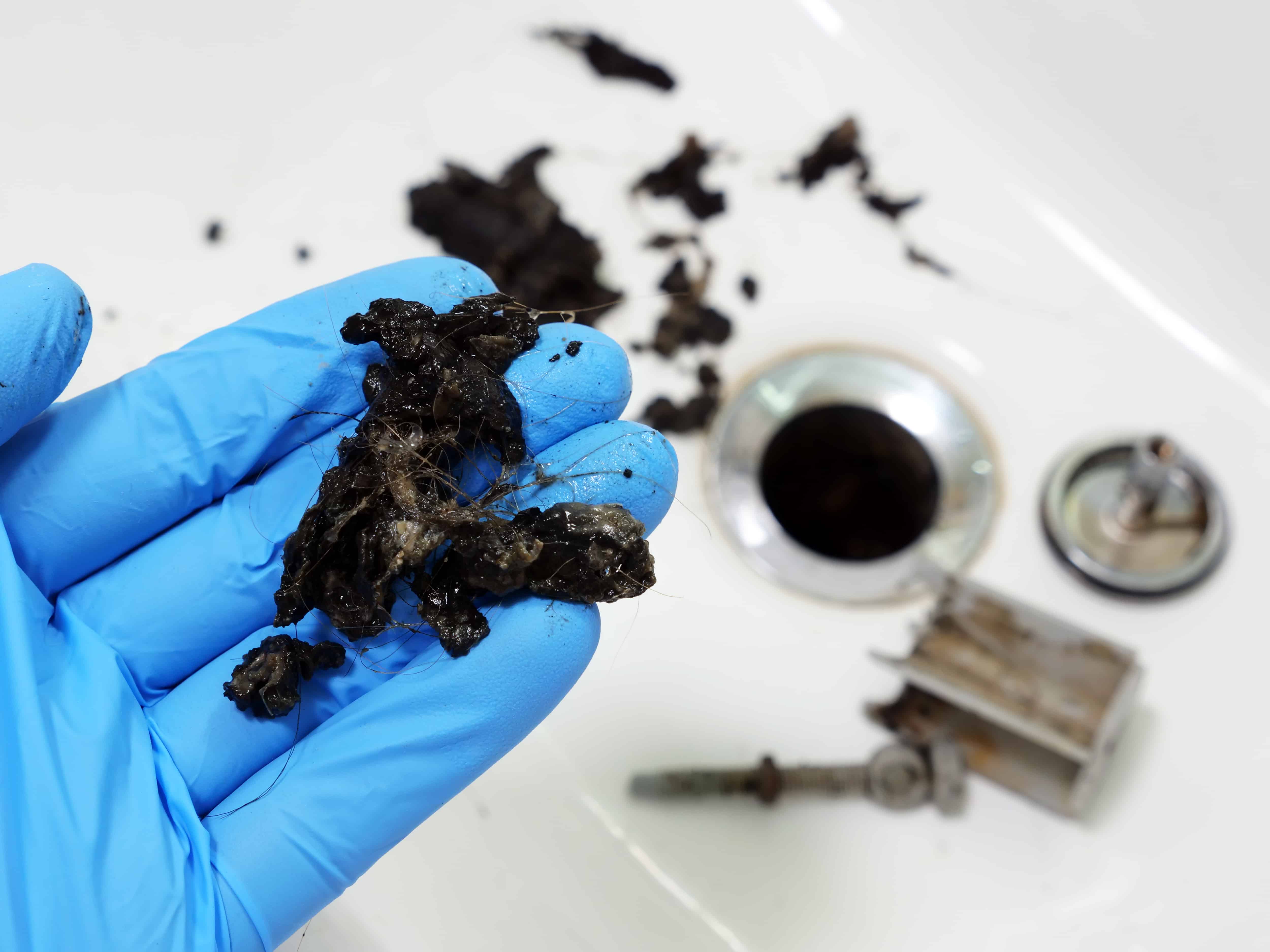
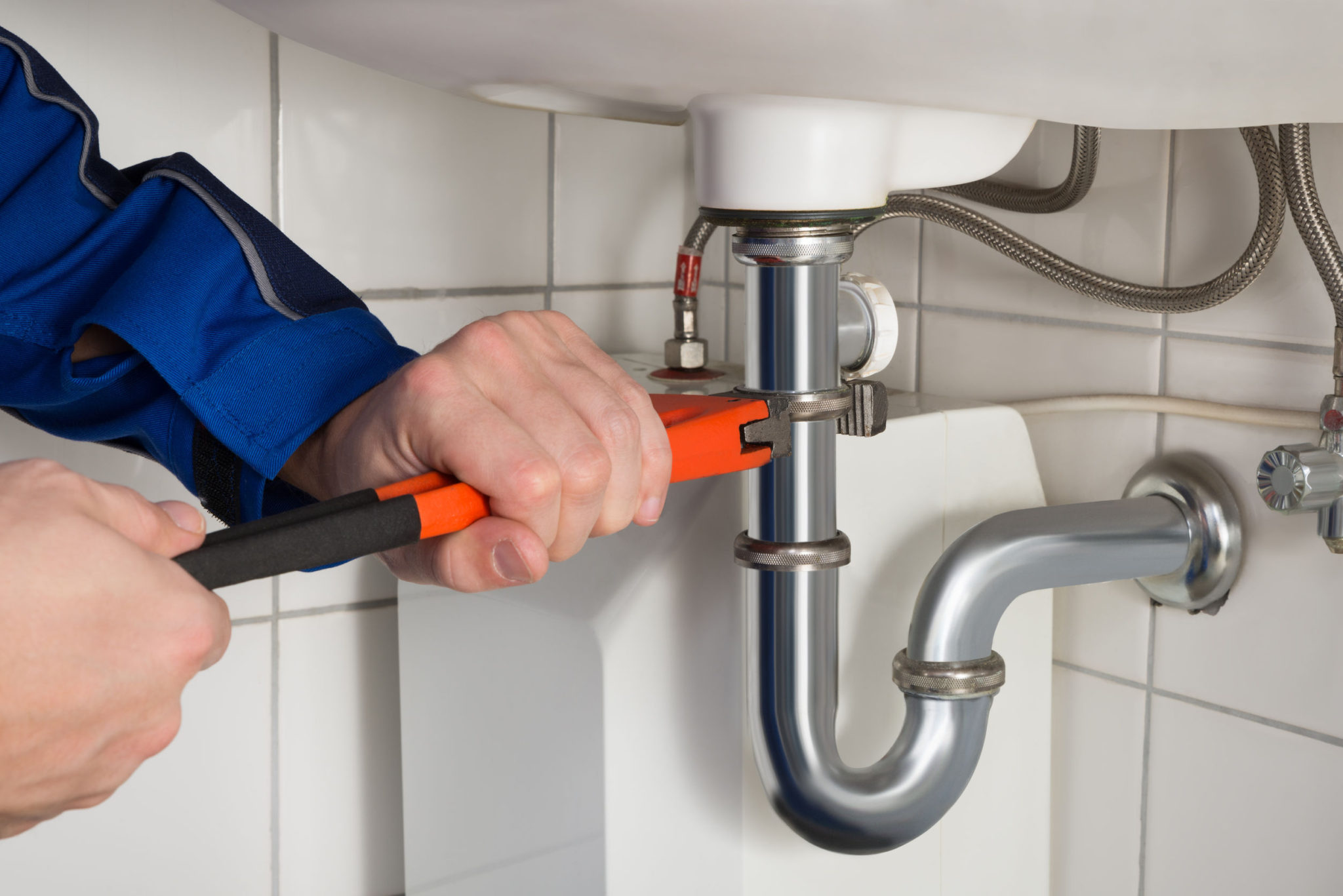
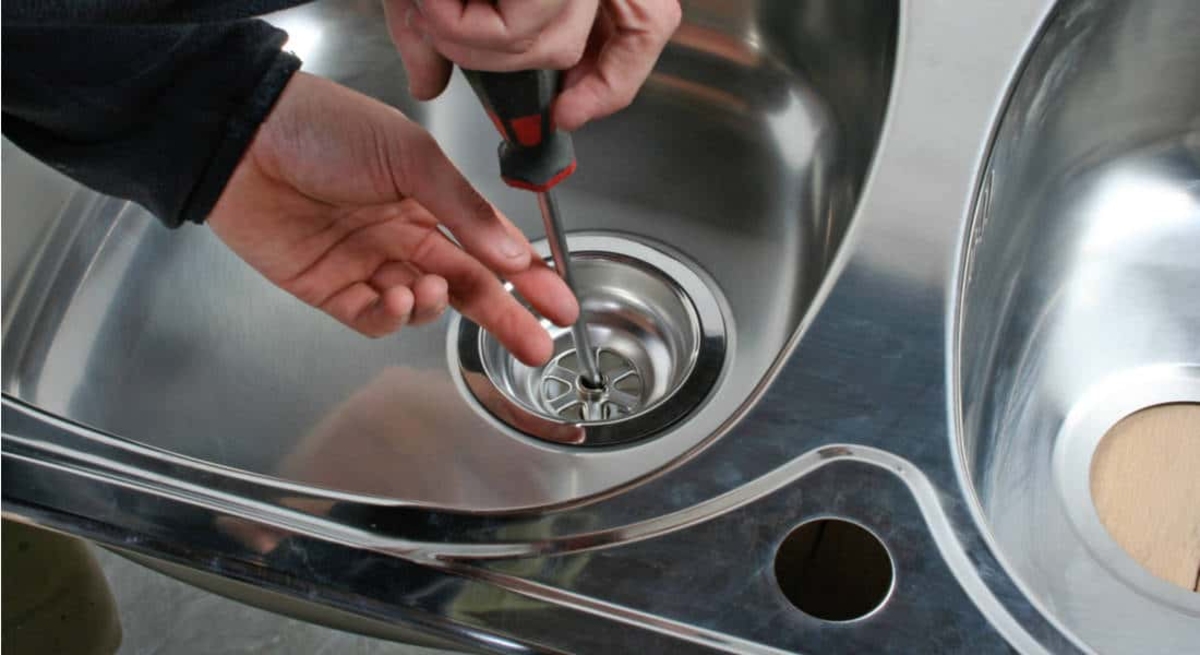
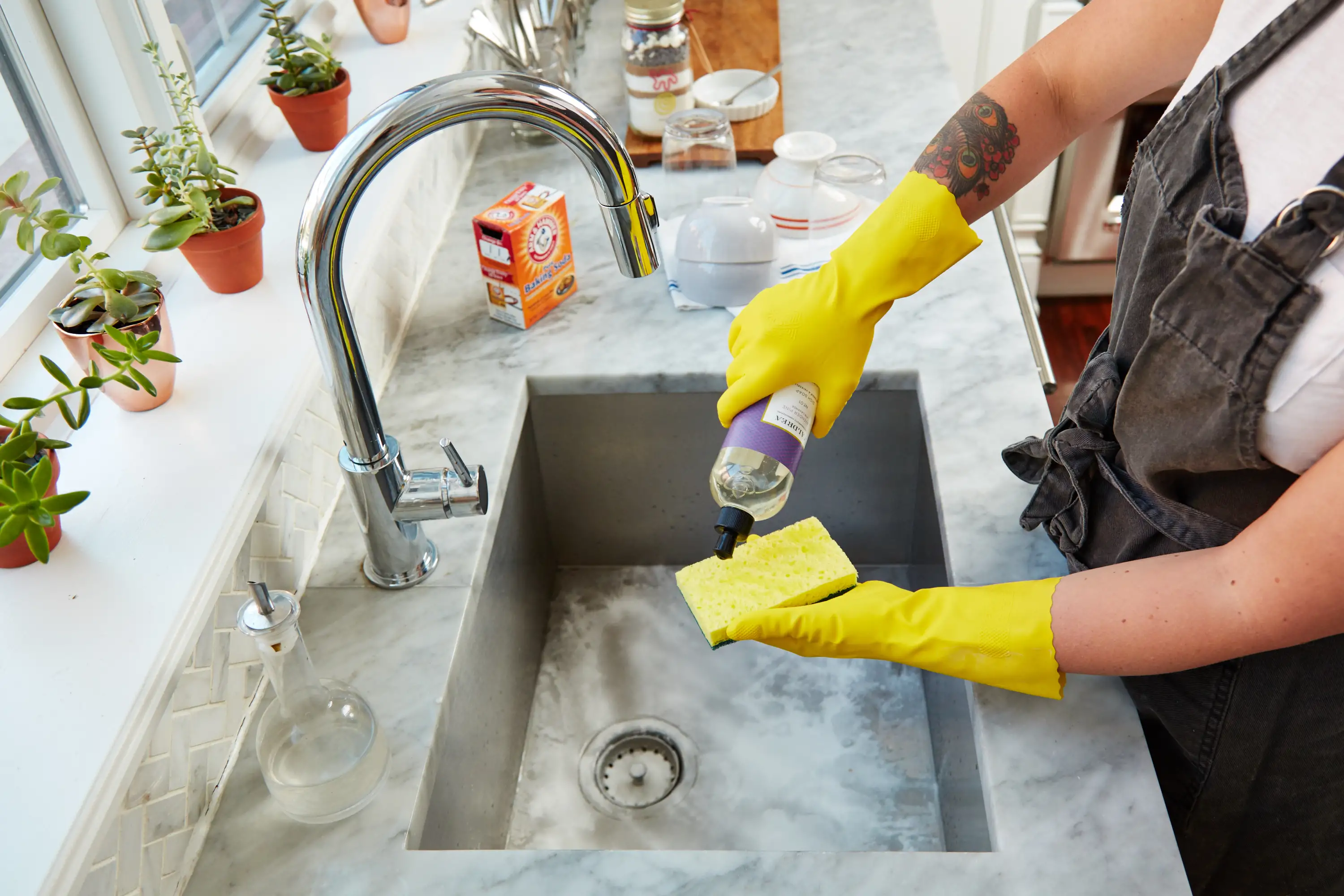
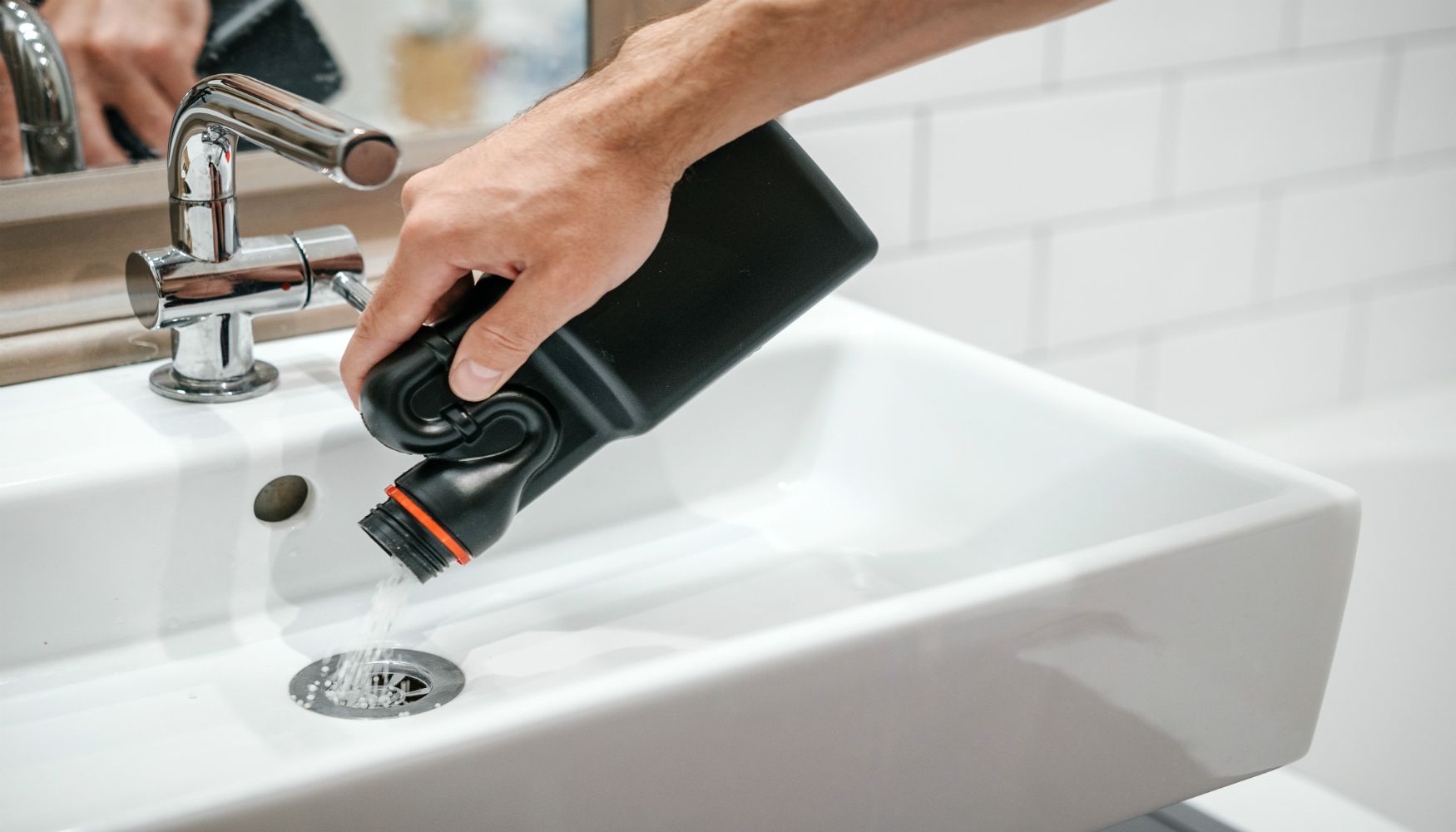
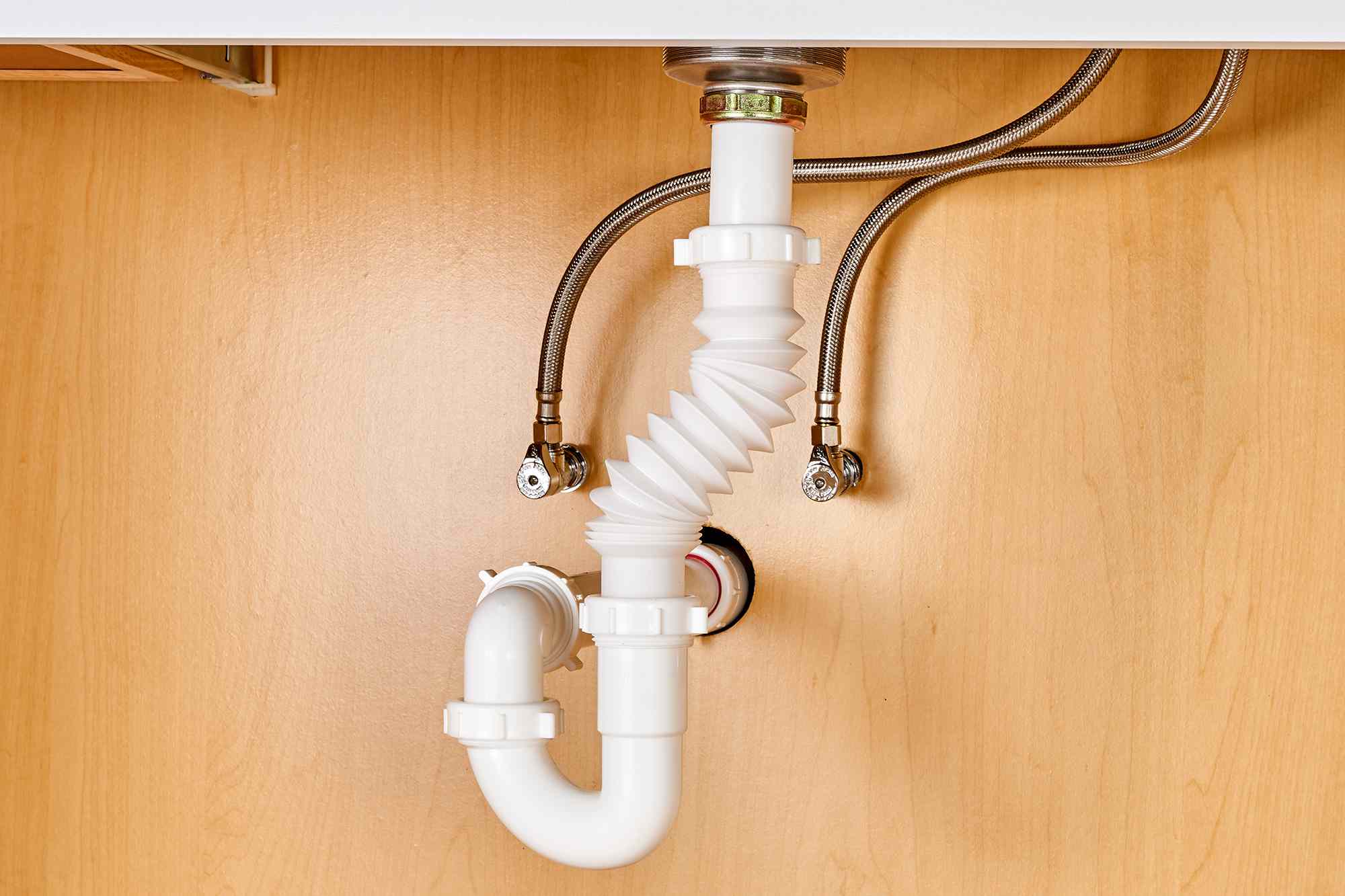

0 thoughts on “How To Clean Kitchen Sink Drain”